
General Dynamics Astronautics Space Cards – Joker: Sun, Moon, Planetary Symbols, and Superman!
These space cards tell a story – the story of America’s man-in-space programs. The hearts deal with the human element, the clubs portray the sciences, the spades show products and the diamonds depict modern aerospace management without which the other three elements could not be successful.
General Dynamics Astronautics Space Cards
Manufacturer: National Periodical Publications, Inc.
Date: 1964
Click on images to enlarge.

Ace of Hearts – Vitruvian Man

Two of Hearts – Buck Rogers
Two cards from the suit of Hearts representing the human element: Leonardo da Vinci’s Vitruvian Man and Buck Rogers – human physical being and human imagination. With the Two of Hearts, General Dynamics recognizes the important influence of the science fiction genre as inspiration for developments in modern space exploration.
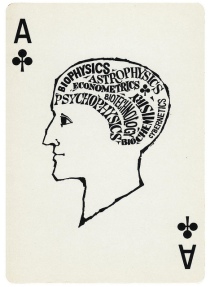
Ace of Clubs – The Sciences
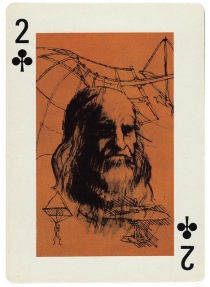
Two of Clubs – Leonardo da Vinci
Two cards from the suit of Clubs representing the sciences: The Ace of Clubs features an illustration reminiscent of those referred to in the 19th century pseudoscience of phrenology – rather than assigning various functions to different parts of the brain, this card highlights various fields of science relevant to space travel. The Two of Clubs features an image of Leonardo da Vinci with a few of his familiar flying machine designs.

Ace Of Spades – Rocket Launch

Two Of Spades – Hot Air Balloon
Two Cards from the suit of Spades representing products – The Ace of Spades features a rocket launch reminiscent of NASA’s Project Mercury and the lift off of Friendship 7 carrying John Glenn, the first United States astronaut to orbit the Earth. General Dynamics’ Convair division designed and produced the Atlas boosters used in the launch. The Two of Spades features a hot air balloon – the grandaddy of flight and aerial transportation. In 1783 brothers Joseph and Étienne Montgolfier succeeded in launching the first manned ascent from Earth – Étienne was lifted off in the Montgolfièr hot air balloon, globe aérostatique.

Ace Of Diamonds – Management Flow Chart

Two Of Diamonds – Communications
The suit of Diamonds is meant to depict modern aerospace management – and they are the most curious and enigmatic. They are wonderful representations of the Cold-War/Space-Race era. The illustrations utilize symbols to relate this part of the story making the message more subliminal. They also reflect the kind of protective secrecy that was so much a part of that era. The Ace Of Diamonds shows a flow chart suggesting the various areas of aerospace management. The third vertical row has a number of squares contained in the top square – a committee leadership governing this area, or a bureaucracy heading a bureaucracy? At the top of the flow chart flies the U.S. flag – that symbol could mean different things to different folks, depending on a persons cynicism and/or sentimentalism. The two of Diamonds shows an antique telephone and an inkwell – rather primitive devices chosen to portray ‘modern aerospace’ communications.
Below are a few favorites from the deck without descriptions. See what they bring to your mind.


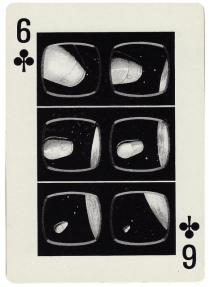





(Card deck images via Unkee E.)























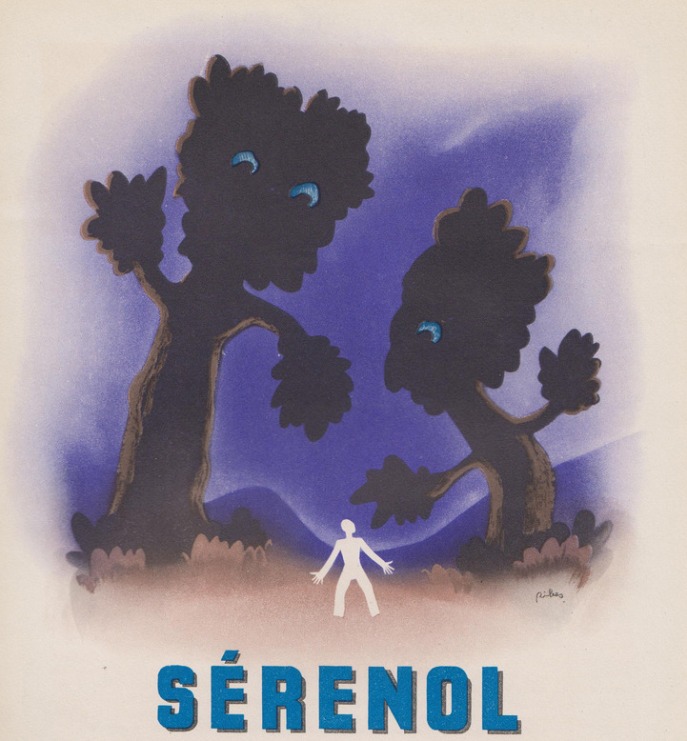


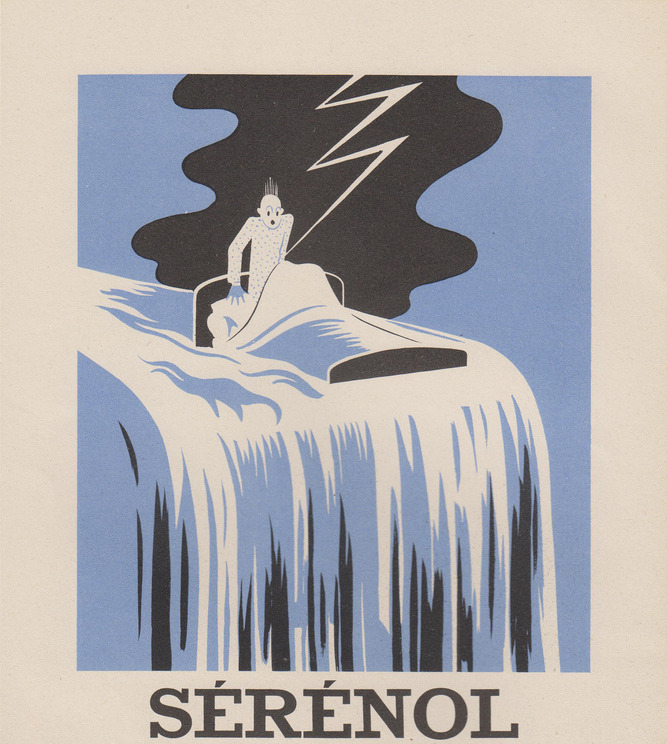
 Yes, something is the matter with the children on Mars.
Yes, something is the matter with the children on Mars.

